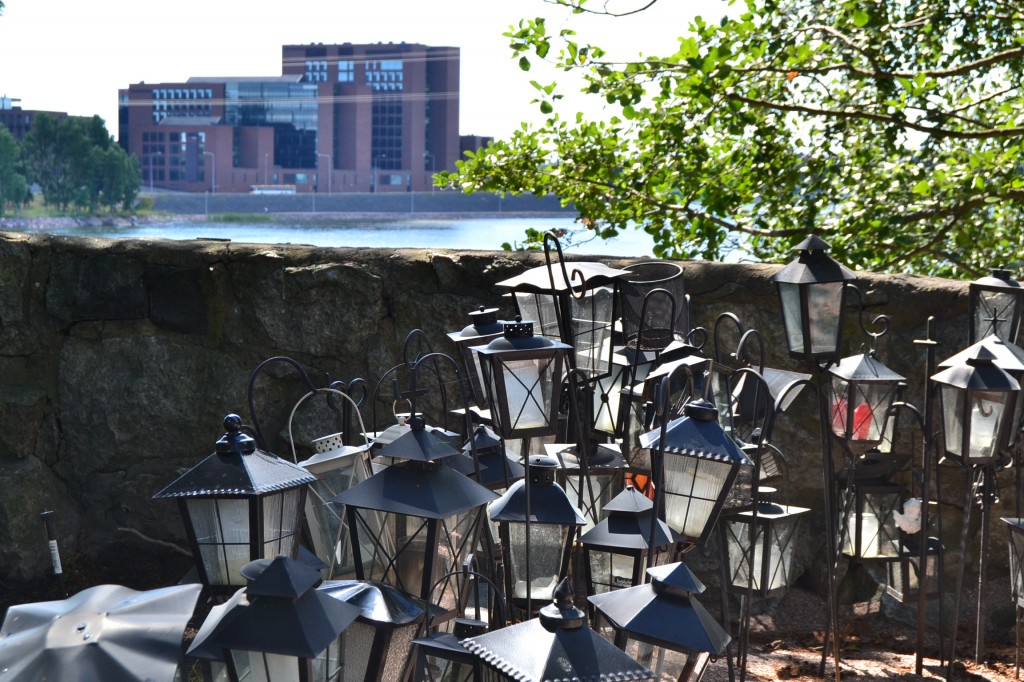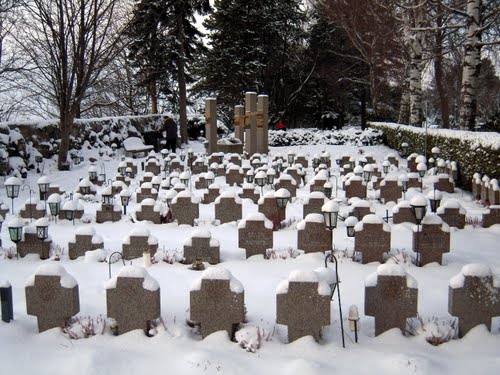When one dies, the conservation of the integrity of the body is practiced in our culture. Many times when a person dies, we still have an emotional attachment to the body because the body and identity of the person are intertwined. Although the person has died, the body is still treated with respect through the conduction of certain rites and rituals at funerals. The treatment of the dead body is related with mortuary practices. The way cadavers are controlled, is the way the family copes with the death of their loved one. In other words, the way the cadaver is handled is the way we indirectly handle and define death. Thus, funerals provide a sense of closure, and introduce the initial process of peaceful detachment. However, for a Muslim family in London, this was not the case.
On Friday April 18, 2003, a Muslim woman’s body was found in the hospital morgue covered with pieces of bacon, as it was being arranged for the viewing. In Islam, the consumption of pork is prohibited. Thus, the act of having bacon put on the body is not only disrespectful to the body, but also to the religion, the family, and the Muslim community at large. One of the family members said, “ ‘I witnessed her passing away and then for me to witness that again, it’s traumatic. I feel emotionally raped.’ ” The person who committed this crime was attacking the religious beliefs of the deceased, by performing this traumatizing act. As a Muslim myself, I was awfully disturbed and repulsed. Even if the person who died wasn’t Muslim, it is such a grotesque thing to do in general! But because the family is Muslim, a deeper meaning is behind it. Somebody symbolically put what is forbidden in Islam on the dead body as “a slap in the face”. This incident reflects on how cadavers are located in a liminal phase, of being between a subject and an object. The dead body is just an object, but is the main subject of this issue. This hate crime just shows that people are capable of doing anything and everything they possibly can to make a point.
As mentioned earlier, funerals provide a sense of closure for the family members. However, this upsetting act made it a lot worse for the family to cope with their grandmother’s death. As a result, there is a cash value prize to whoever comes forward on who may have committed this racial hate crime. The article can be found in the link below:
S.G.

 I found this article “When Doctors Grieve” that was published in the New York Times last May very interesting because it is a topic that isn’t discussed often and because I am an aspiring doctor. A study was done on twenty oncologists concerning grief practices when one of their patients died. Over half of them reported feelings of “self doubt, sadness, and powerlessness”. Many added that they felt guilty and would often cry and lose sleep. However, most of these oncologists fought to hide their emotions because it is seen as a sign of weakness as a medical professional. Surprisingly, the death of a patient oftentimes effects the behavior of the doctor and the treatment practices they perform on the patient. One doctor stated “I see an inability sometimes to stop treatment when treatment should be stopped.” This results in more aggressive chemotherapy treatments. Another aspect of this article which was of most interest to me was the idea that as a patient gets closer to dying, the doctor tends to distance themselves from the patient and their families resulting in an overall less effort toward the patient. I think this is because the doctor does not want to become too attached with the patient and develop a relationship with them because when they die, the doctor becomes affected by this both emotionally and professionally. The author of the article believes that doctors should be trained to handle their own grief and I agree. A great doctor is one that can compose themselves and carry on with their life while coping with the loss of their patient.
I found this article “When Doctors Grieve” that was published in the New York Times last May very interesting because it is a topic that isn’t discussed often and because I am an aspiring doctor. A study was done on twenty oncologists concerning grief practices when one of their patients died. Over half of them reported feelings of “self doubt, sadness, and powerlessness”. Many added that they felt guilty and would often cry and lose sleep. However, most of these oncologists fought to hide their emotions because it is seen as a sign of weakness as a medical professional. Surprisingly, the death of a patient oftentimes effects the behavior of the doctor and the treatment practices they perform on the patient. One doctor stated “I see an inability sometimes to stop treatment when treatment should be stopped.” This results in more aggressive chemotherapy treatments. Another aspect of this article which was of most interest to me was the idea that as a patient gets closer to dying, the doctor tends to distance themselves from the patient and their families resulting in an overall less effort toward the patient. I think this is because the doctor does not want to become too attached with the patient and develop a relationship with them because when they die, the doctor becomes affected by this both emotionally and professionally. The author of the article believes that doctors should be trained to handle their own grief and I agree. A great doctor is one that can compose themselves and carry on with their life while coping with the loss of their patient.




